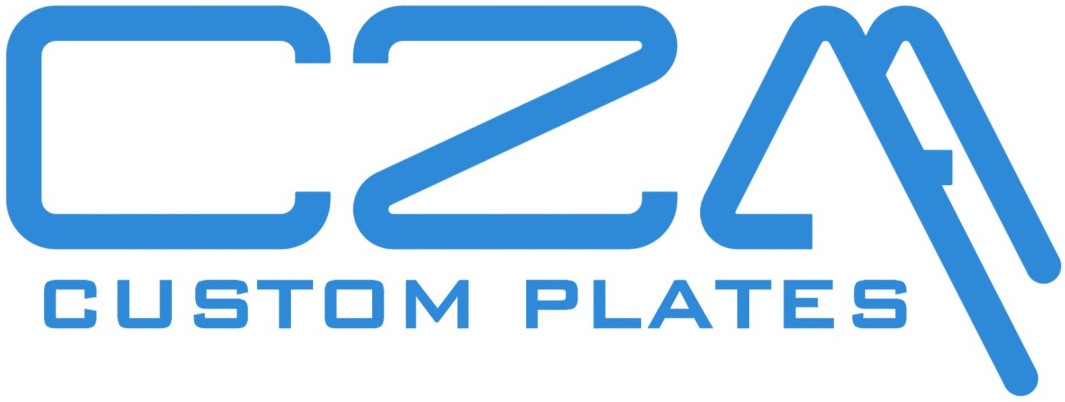Grazie alla segnalazione del sempre attento e prezioso kurtsk8 sul forum di Swoard ecco alcune verità scientifiche sulle piastre.
Traduzione fatta con l'aiuto di google translate con correzzioni libere da parte del sottoscritto, il testo originale lo troverete sotto.
Credo che il testo originale sia in tedesco…
Proprietà meccaniche e dinamiche degli snowboard hard e le loro variazioni a seconda dei diversi tipi di piastra utilizzati
Le piastre nelle gare di snowboard sono state introdotte alle Olimpiadi nel 2006 dalla futura medaglia d'oro
( Philipp Schoch ndr ).
Oggi sono utilizzati differenti tipi di piastre e svolgono un ruolo importante per regolare l'attrezzatura in base alle singole preferenze.
Questo studio mira a quantificare in che misura le diverse piastre modificano le proprietà meccaniche e dinamiche degli snowboard hard.
Le proprietà meccaniche e dinamiche di cinque snowboard hard con e senza piastra sono state definite da misure di laboratorio dai seguenti parametri: rigidezza longitudinale complessiva, distribuzione della rigidezza, rigidezza torsionale anteriore e posteriore, distribuzione delle forze sulla soletta, vibrazioni e capacità di smorzarle.
Un aumento della rigidezza longitudinale dal 3,5% al 10,7% è stata misurata tra le diverse piastre.
Per quanto riguarda l' irrigidimento torsionale, sono state riscontrate grandi differenze tra gli elementi testati dallo 0% al 19,7% per l' anteriore e dal 2,6% al 35,1% per il posteriore.
Prove libere di vibrazione hanno mostrato un forte incremento di smorzamento per 4 delle 5 piastre, una piastra ha ammortizzato decisamente meno, che è anche l'unica piastra che ha provocando un netto cambiamento di distribuzione della forza lungo la soletta.
Mentre tutte le piastre causano un irrigidimento longitudinale relativamente basso, mettendo in pratica ciò che una piastra per le gare di snowboard dovrebbe offrire, il ruolo dell' irrigidimento torsionale e lo smorzamento è probabilmente considerato controverso tra fabbricanti e atleti e grandi differenze sono state trovate in queste proprietà tra le varie piastre provate.
Si è potuto dimostrare che le piastre attuali modificano in parte le proprietà meccaniche e dinamiche degli
snowboard – ci sono maggiori differenze tra le piastre provate che tra gli snowboard stessi.
Originale
The 2014 conference of the International Sports Engineering Association
Mechanical and dynamical properties of racing snowboards and
their modification by different binding plates
Fabian Wolfsperger*, Hansueli Rhyner
WSL – Institute of Snow and Avalanche Research SLF
Abstract
One-piece binding plates in snowboard racing have initially been introduced at the Olympics in 2006 by the later gold medalist.
Today different types of such binding plates are used and play an important role to setup the equipment according to individual
preferences. This study aims to quantify to what extent different binding plates modify the mechanical and dynamical properties
of racing snowboards. The mechanical and dynamical properties of five racing snowboards with and without binding plates
were characterized by laboratory measurements of the following parameters: Overall bending stiffness, bending stiffness
distribution, torsional stiffness of rear and front body, force distribution along the running base, natural frequencies and their
damping ratios. An increase in bending stiffness of 3.5% to 10.7% was measured for the different binding plates. Concerning
torsional stiffening, large differences were found between the tested items of 0% to 19.7% for the front body and 2.6% to
35.1% for the rear body of the snowboard-binding plate systems. Free vibration tests showed a strong increase in damping for 4
of 5 binding plates while one plate damped distinctively less, which was also the only binding plate causing a clear change of
the force distribution along the running base. While all plates cause relatively low bending stiffening, indicating a consensus
about what a binding plate in snowboard racing should provide, the role of torsional stiffening and damping is probably
considered controversially among manufactures and athletes as strong differences were found for these properties between the
tested binding plates. It could be shown that current binding plates do partly modify the mechanical and dynamical properties of
the snowboard – binding plate system to an extent that is larger than the differences between the analyzed racing snowboards
itself.
© 2014 The Authors. Published by Elsevier Ltd.
Selection and peer-review under responsibility of the Centre for Sports Engineering Research, Sheffield Hallam University.
Keywords: snowboard racing; binding plates; mechanical properties;
* Corresponding author. Tel.: +41-81-4170-105; fax: +41-81-4170-110.
E-mail address: wolfsperger@slf.ch
© 2014 Published by Elsevier Ltd. This is an open access article under the CC BY-NC-ND license
(http://creativecommons.org/licenses/by-nc-nd/3.0/).
Selection and peer-review under responsibility of the Centre for Sports Engineering Research, Sheffield Hallam University





